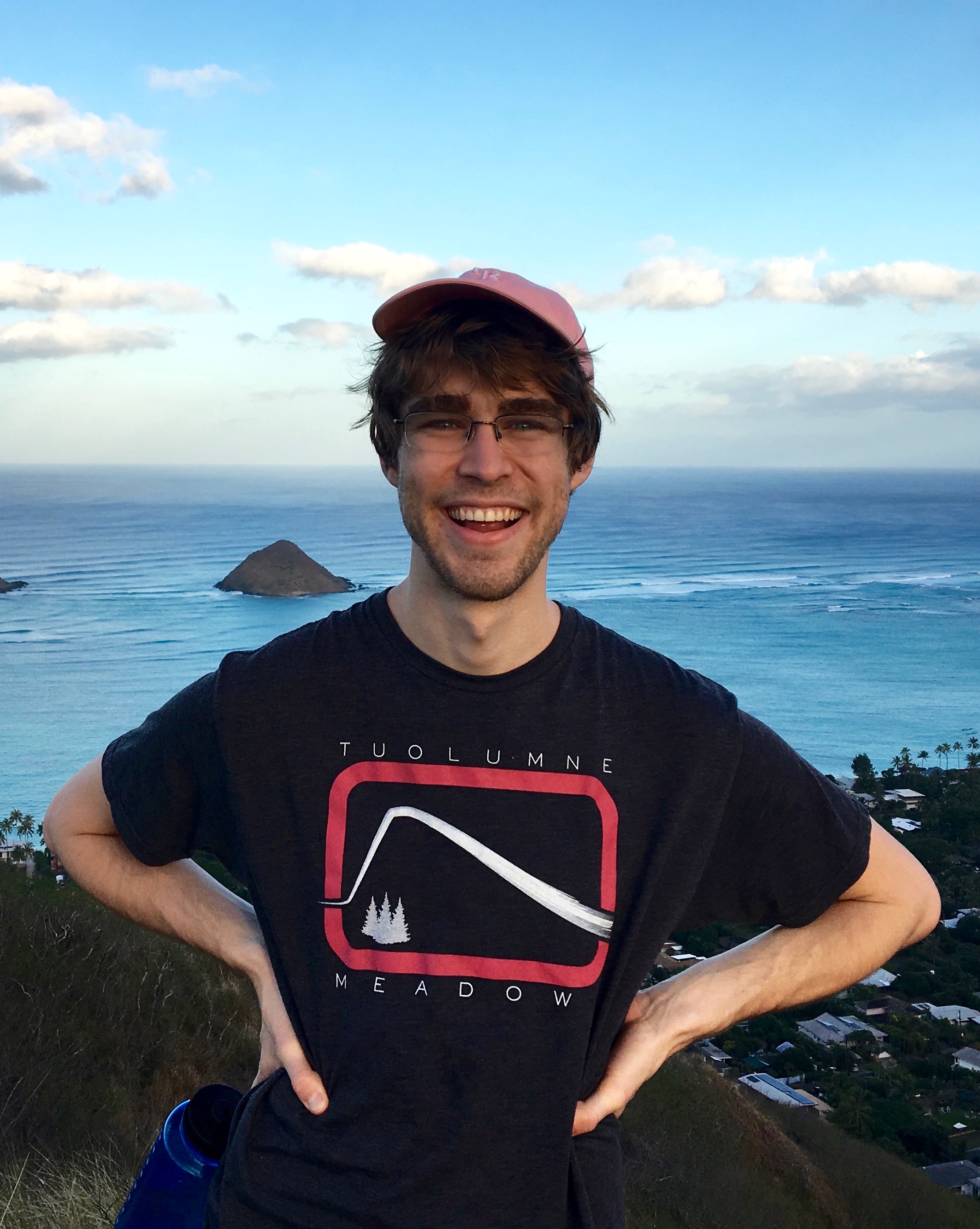
Michael Lindsey
Email: firstname dot lastname at cims dot nyu dot edu
This page is no longer being maintained. Click this link to visit my current home page.
I will begin as an NSF Postdoctoral Fellow at the Courant Institute in September 2019. In August 2019, I completed my PhD in Applied Mathematics at Berkeley, where I was supported by an NSF Graduate Research Fellowship. My advisor at Berkeley was Lin Lin. Here is my CV (8/2019).
I work on analysis and numerics for electronic structure theory and quantum many-body physics. I am interested more broadly in applied analysis, statistical mechanics, and mathematical physics. To get a further sense of my interests, see what I read in graduate school. In particular, I have also done research in optimal transport, which was recognized recently with the SIAM Student Paper Prize. In 2018, my doctoral work was awarded the Bernard Friedman Memorial Prize in Applied Mathematics by the Berkeley math department.
Publications and preprints
Variational embedding for quantum many-body problems (with Lin Lin), preprint.
[arXiv:1910.00560]
Efficient hybridization fitting for dynamical mean-field theory via semi-definite relaxation (Carlos Mejuto-Zaera, Leonardo Zepeda-Núñez, Michael Lindsey, Norm Tubman, Birgitta Whaley, and Lin Lin), preprint.
[arXiv:1907.07191]
Semidefinite relaxation of multi-marginal optimal transport for strictly correlated electrons in second quantization (with Yuehaw Khoo, Lin Lin, and Lexing Ying), preprint.
[arXiv:1905.08322]
Projected density matrix embedding theory with applications to the two-dimensional Hubbard model (Xiaojie Wu, Zhi-Hao Cui, Yu Tong, Michael Lindsey, Garnet Kin-Lic Chan, and Lin Lin), J. Chem. Phys. 151, 064108 (2019).
[journal]
[arXiv:1905.00886]
Sparsity pattern of the self-energy for classical and quantum impurity problems (with Lin Lin), preprint.
[arXiv:1902.04796]
Bold Feynman diagrams and the Luttinger-Ward formalism via Gibbs measures. Part II: Non-perturbative analysis (with Lin Lin), preprint.
[arXiv:1809.02901]
Bold Feynman diagrams and the Luttinger-Ward formalism via Gibbs measures. Part I: Perturbative approach (with Lin Lin), preprint.
[arXiv:1809.02900]
Variational structure of Luttinger-Ward formalism and bold diagrammatic expansion for Euclidean lattice field theory (with Lin Lin), Proc. Natl. Acad. Sci. 115, 2282 (2018).
[journal] [.pdf] [supporting info]
Convergence of adaptive compression methods for Hartree-Fock-like equations (with Lin Lin), Comm. Pure Appl. Math. 72, 451 (2019).
[journal] [arXiv:1703.05441]
Optimal transport via a Monge-Ampère optimization problem (with Yanir A. Rubinstein), SIAM J. Math. Anal. 49, 3073 (2017).
[journal] [.pdf]
On discontinuity of planar optimal transport maps (with Otis Chodosh, Vishesh Jain, Lyuboslav Panchev, and Yanir A. Rubinstein), Journal of Topology and Analysis 07, 239 (2015).
[journal] [arXiv:1312.2929]
(Note: this research was largely carried out during SURIM 2012.)
Infrared imagery of streak formation in a breaking wave (Ivan Savelyev, Robert A. Handler, and Michael Lindsey), Physics of Fluids 24, 121701 (2012).
[journal]
Other research writings
Two views on optimal transport and its numerical solution (2015). My undergraduate thesis (supervised by Yanir Rubinstein and Rafe Mazzeo), which presented two new formulations of optimal transport problems leading to two corresponding methods for numerically solving them.
[pdf]
Asymptotics of Hermite polynomials (2015). A largely expository paper (for a course on orthogonal polynomials) about asymptotics of Hermite polynomials and the Gaussian Unitary Ensemble (GUE). Presents a result about the stationary states for the quantum harmonic oscillator, which, though likely nothing new, I think is fairly cool.
[pdf]
Spectral methods for neural computation (2013/14). A presentation for the Brains in Silicon lab outlining some ideas about how favorable Fourier-domain properties of certain neural tuning curves are naturally suited (in an idealized setting) for the computation of simple functions.
[slides]
3D Shape Understanding Using Machine Learning (2013). A presentation about my work on using a deep learning framework to perform labeled segmentation of discrete surfaces and extract multiscale learned shape descriptors. To help with training, I introduced a new set of shape descriptors based on conformal maps.
[slides]
(Note: This research was carried out during CURIS 2013 in Stanford's Geometric Computation Group.)
The k-discs algorithm and its kernelization (2012). Introduces and analyzes an extension of k-means allowing cluster centroids to be discs of arbitrary dimension, capable of recovering more diverse cluster geometries.
[pdf]
(Note: this research was carried out as a class project for CS 229 at Stanford.)
Teaching
Spring 2018: Math 54, Alexander Paulin [section page]
Spring 2016: Math 53, Denis Auroux [quizzes]
Fall 2015: Math 1B, Ole Hald